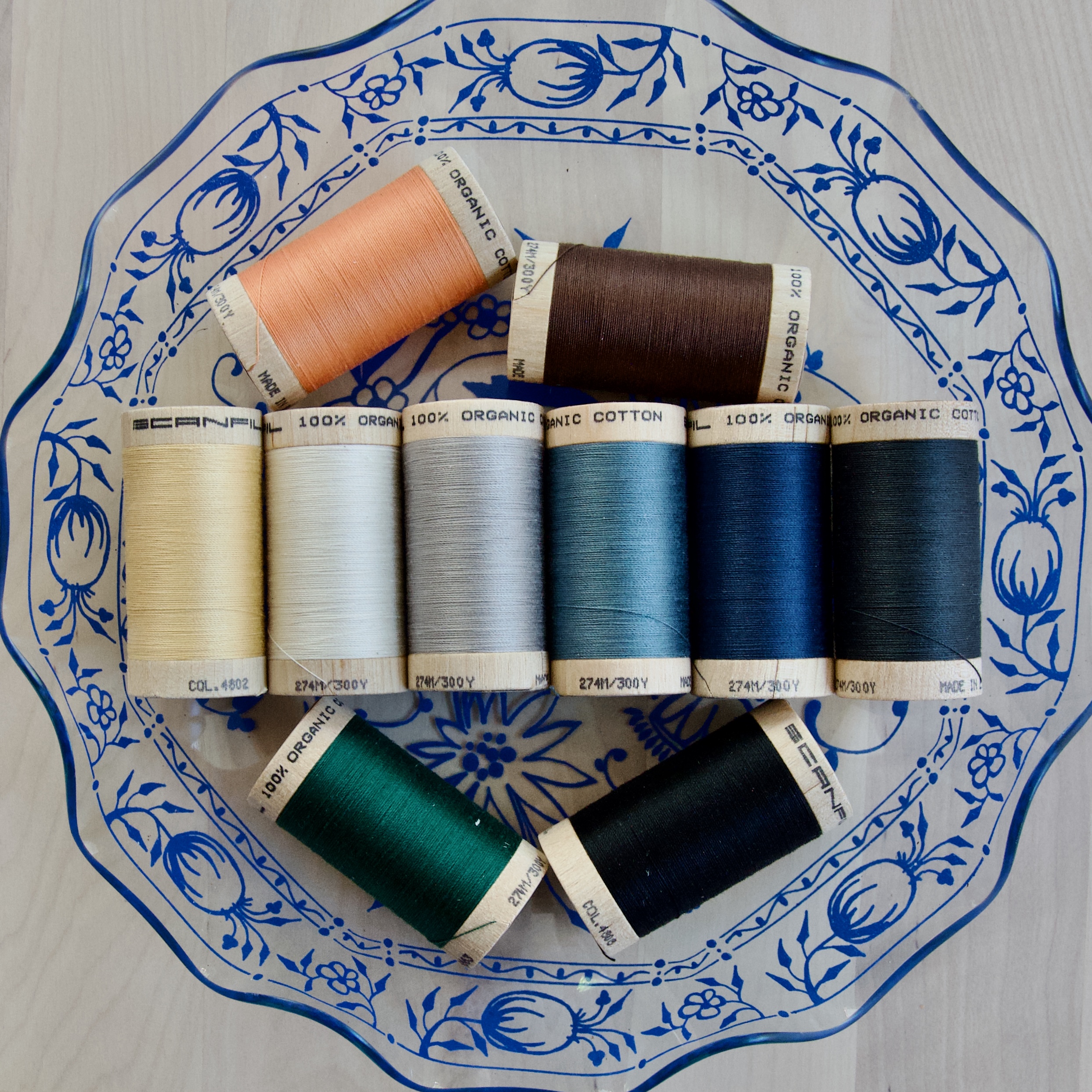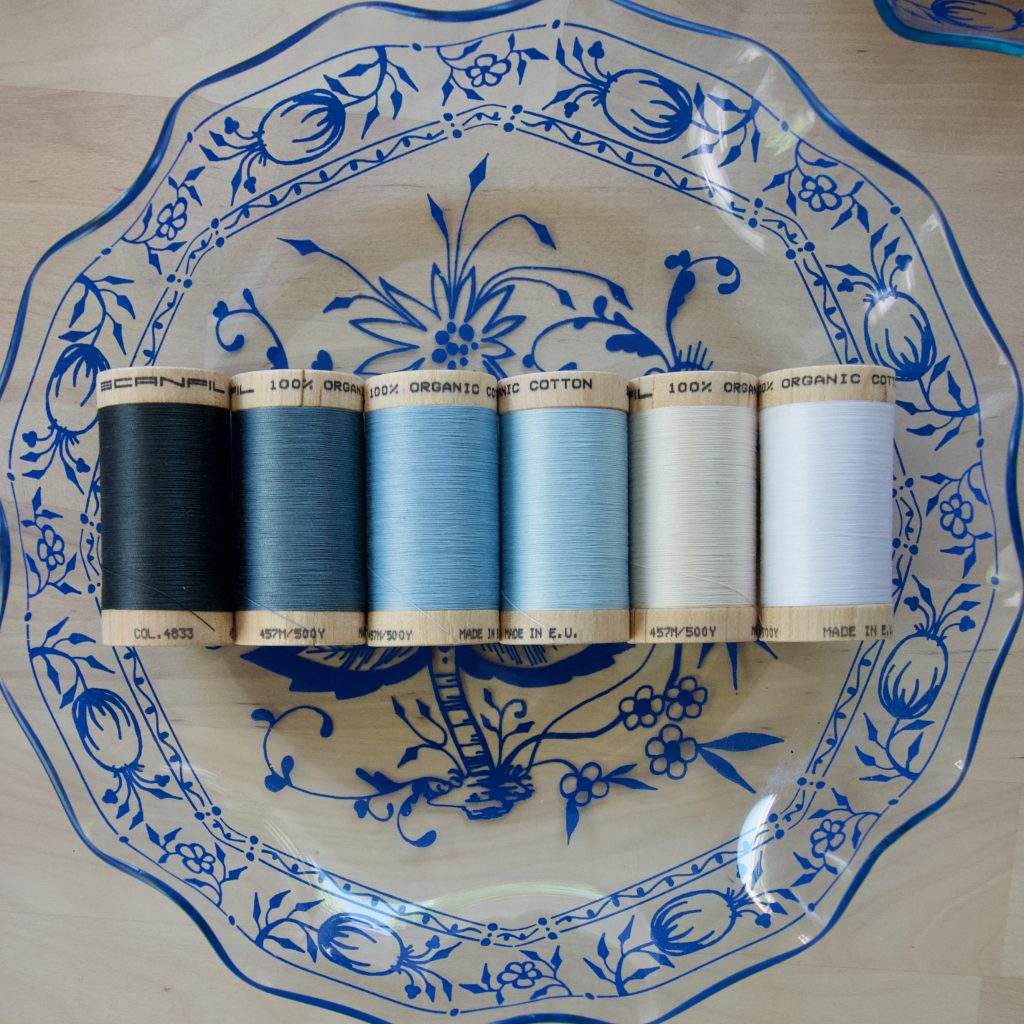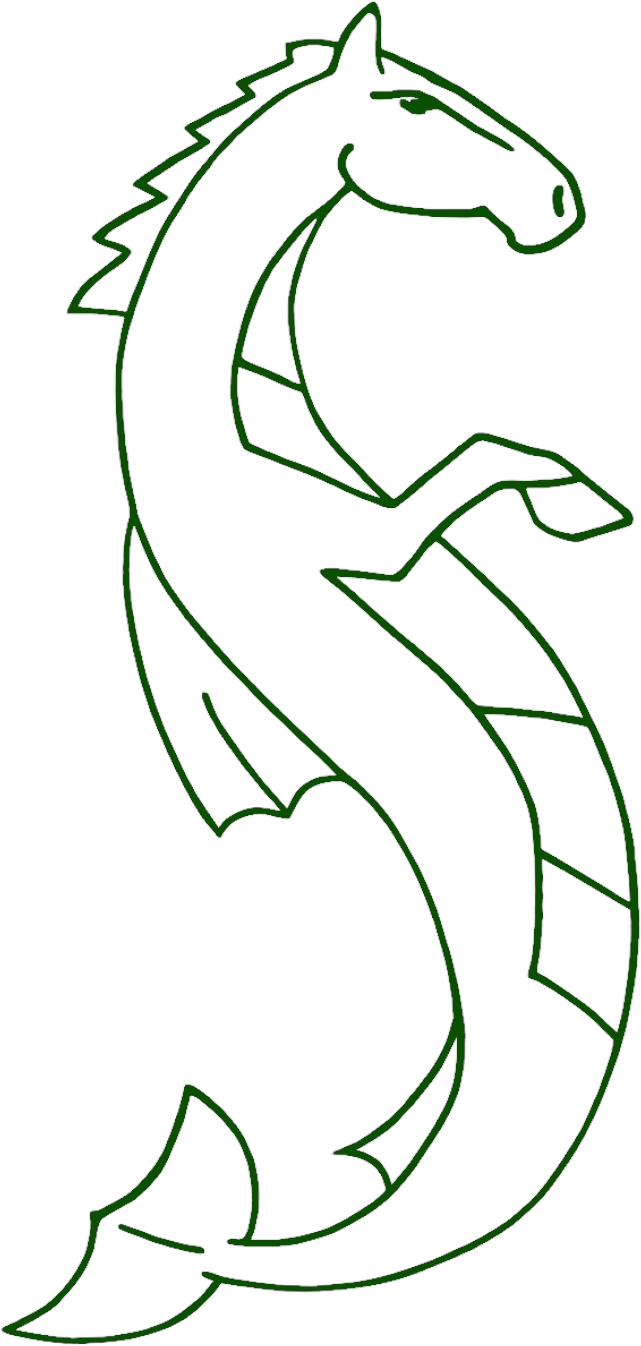Dein Warenkorb ist gerade leer!
Kategorie: good to know
Helpful tips. Confusing things (hopefully) explained
-

Measuring Thread Size or, what do those numbers mean?
If you are new to sewing, or new to thinking about thread and what it is made of, you may be confused by the different numbers used to denote thread size. You are not alone in your confusion. Several different standards for denoting thread “thickness” have developed over time, geography, and industry (many of which are still in use today) and to be even more confusing, when thread is exported/imported it is sometime relabelled/mis-labled to better fit the predominant scale in use in the importing country.
Different thread measuring systems use different units of measurement, but for our purposes the two major systems can basically be summarized as “how long is a thread that weighs x amount” or from the opposite direction, “if you have x amount of thread, how much will it weigh”? These two systems yield completely opposite numbering systems, and cause much confusion.
Cotton thread is generally labelled with a weight system (denoted “wt” on the label). In this system one starts with a standard weight of thread and measures how long it is – so for example, 1 gram of cotton can be spun into a thread that is 30 meters long or it can be spun into a thread that is 50 meters long. They will both contain the same weight of cotton, and so the 30 meter long thread will be thicker than the 50 meter thread. In this way of measuring threads, bigger numbers = thinner thread.
Sometimes the thread label stops there – with a “#50” or a “50wt” but sometimes the system contains more information. To understand the next part of the explanation it is helpful to know that cotton thread, like knitting yarn, is made up of thinner strands of fibre that have been twisted into “plies” which are then twisted together to form the thread. In the system used to describe cotton threads the second number shows the number of plies (for example “50/2wt” means the finished thread is made of two plies).
Some systems work in the other direction, and instead of asking “how long is a thread that weighs 1 gram” will ask “ how much does a given length of thread weigh”. In these systems the bigger number = thicker thread. These systems are often used for threads made of synthetic materials.
It is nice to know roughly what these systems of measurement mean, especially when ordering online, but the exact meaning is mostly useful for large-scale clothing manufacturers. For people sewing at home it is important to understand what the measurements mean relative to each other. The general advice is to choose thinner thread for lighter weight fabrics and thicker threads for heavier fabrics, both to avoid weighing the fabric down, and to hopefully prevent damage to the fabric if too much force is applied to the seam (better the thread rip than the fabric rip).
Scanfil Fine Thread advertises the 30/2 wt Organic Cotton thread as the equivalent of a “universal weight thread”. I’m a little unsure what exactly they mean by this, but generally I use the 30/2wt for mid-weight fabrics, and the 50/2 for lighter weight fabrics (although I have also successfully used the 50/2wt to sew loose fitting pants out of mid-weight twill). You will also want to think about your needle size. According to Schmetz Needles, the general rule is that the “eye of the needle should be 40% larger than the diameter of the thread”. But because of the various properties of polyester vs. cotton, you may want to try a slightly larger needle size when working with cotton thread, especially if you have problems with missed stitches.
I also use 50/2 wt thread to zig-zag stitch my fabric edges, either at the beginning of sewing if I have fabric that wants to unravel, or to neaten up and finish my edges. I do not have an Overlock machine, but I have several customers who are experimenting with using the 50/2wt with their Overlock machines. Scanfil Fine Threads packages their thread in larger amounts, offering 5000 yards of 50/2 wt or 3000 yard of 30/2 weight on a wooden cones. I do not have any in stock, but I am happy to order them on request.

Scanfil Bio-Baumwollgarn 50/2 wt
